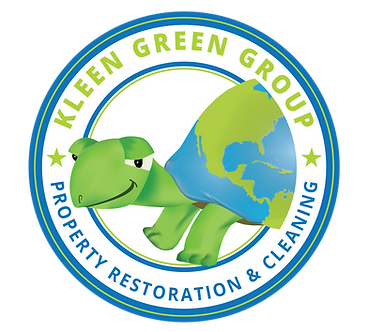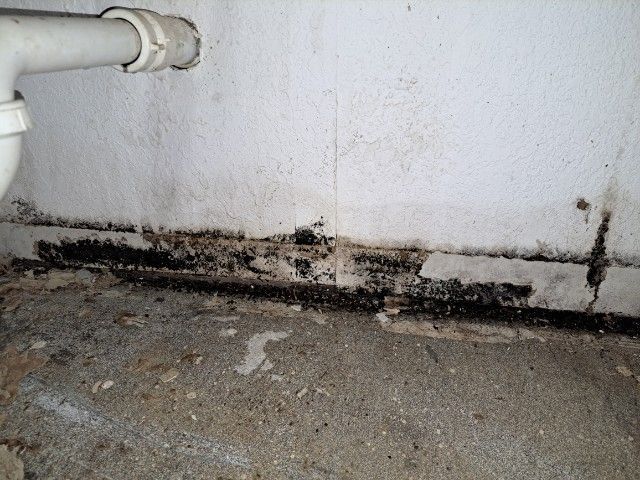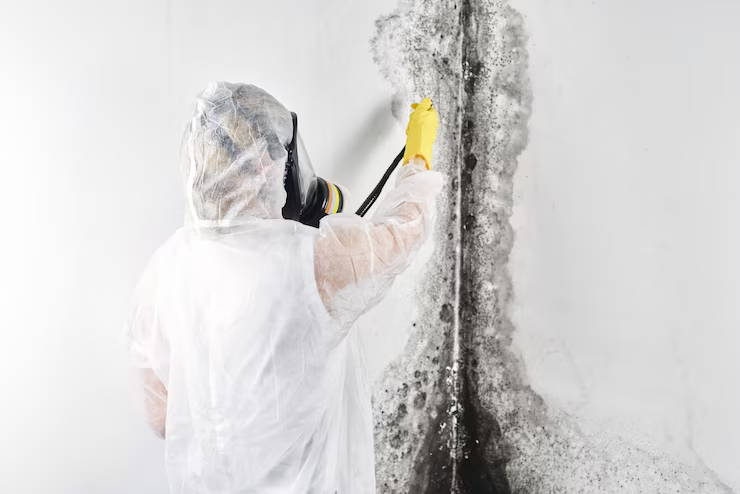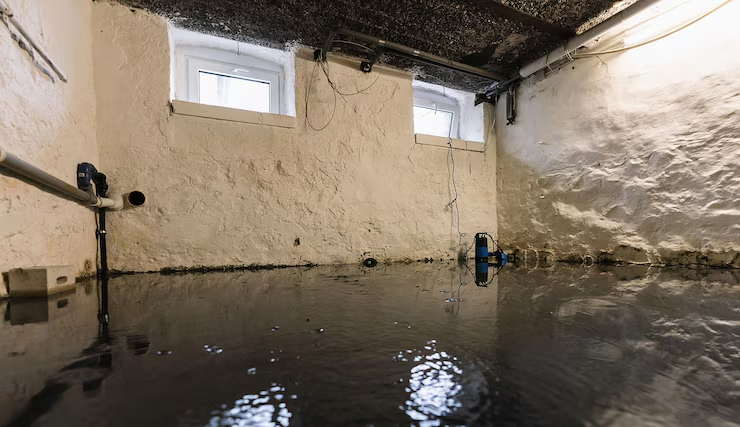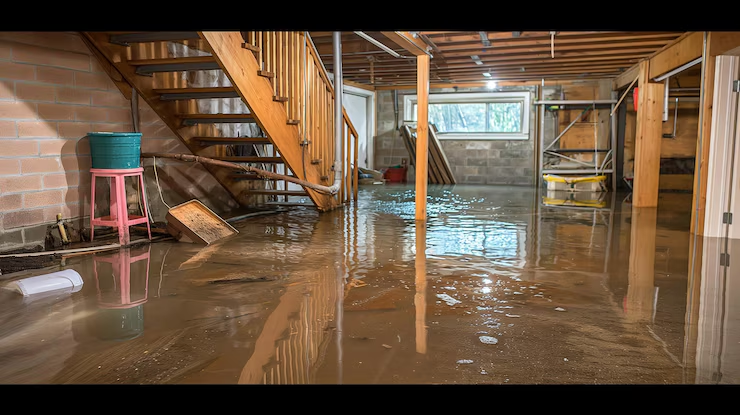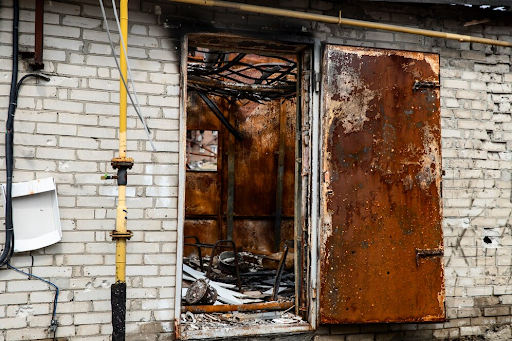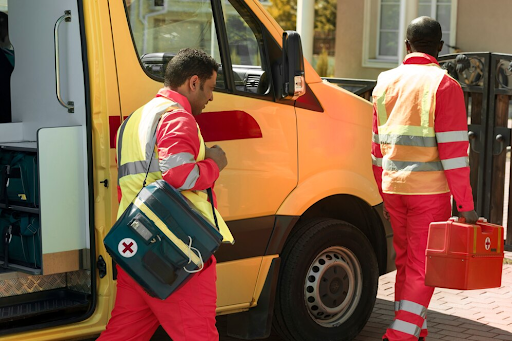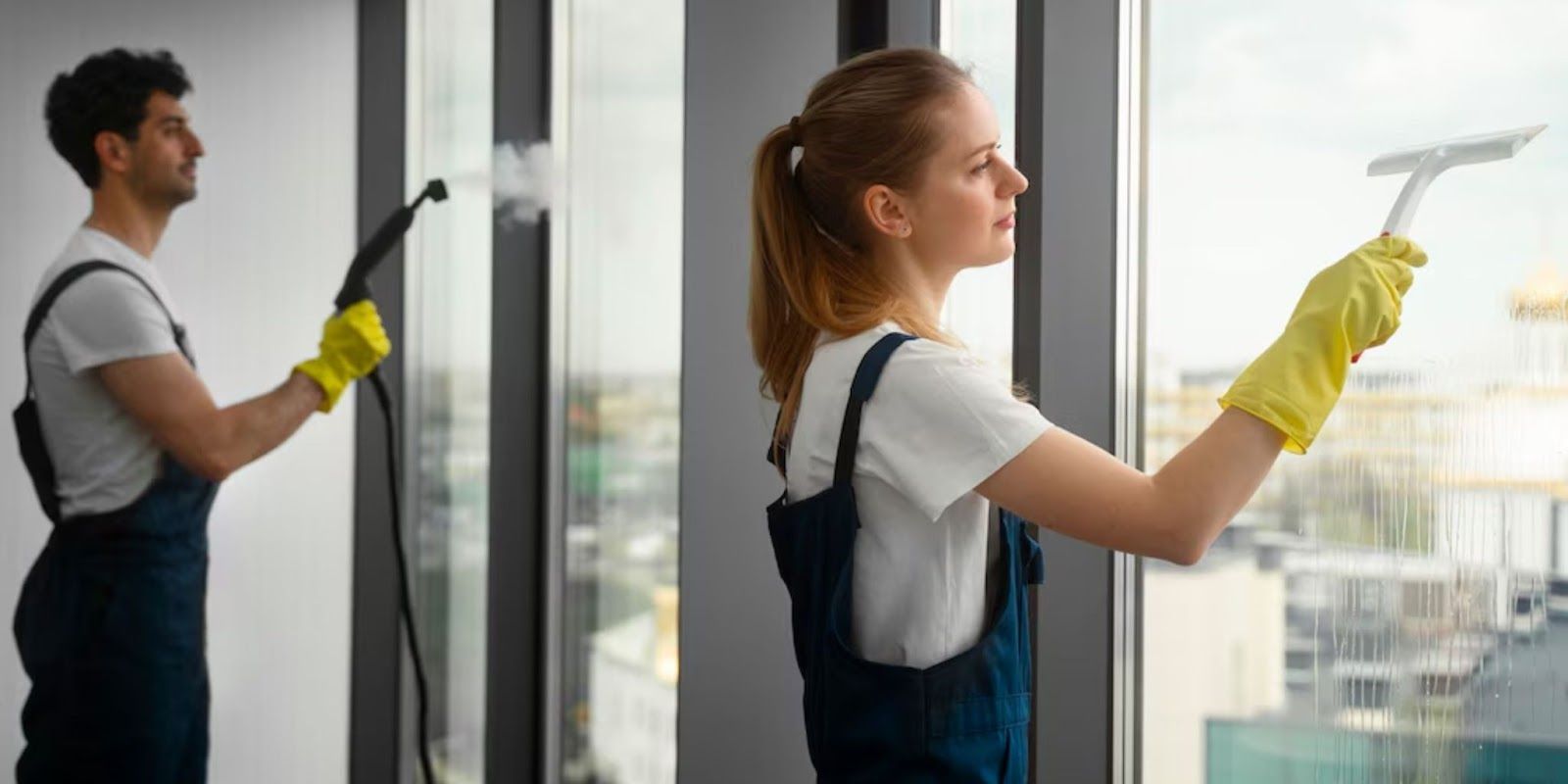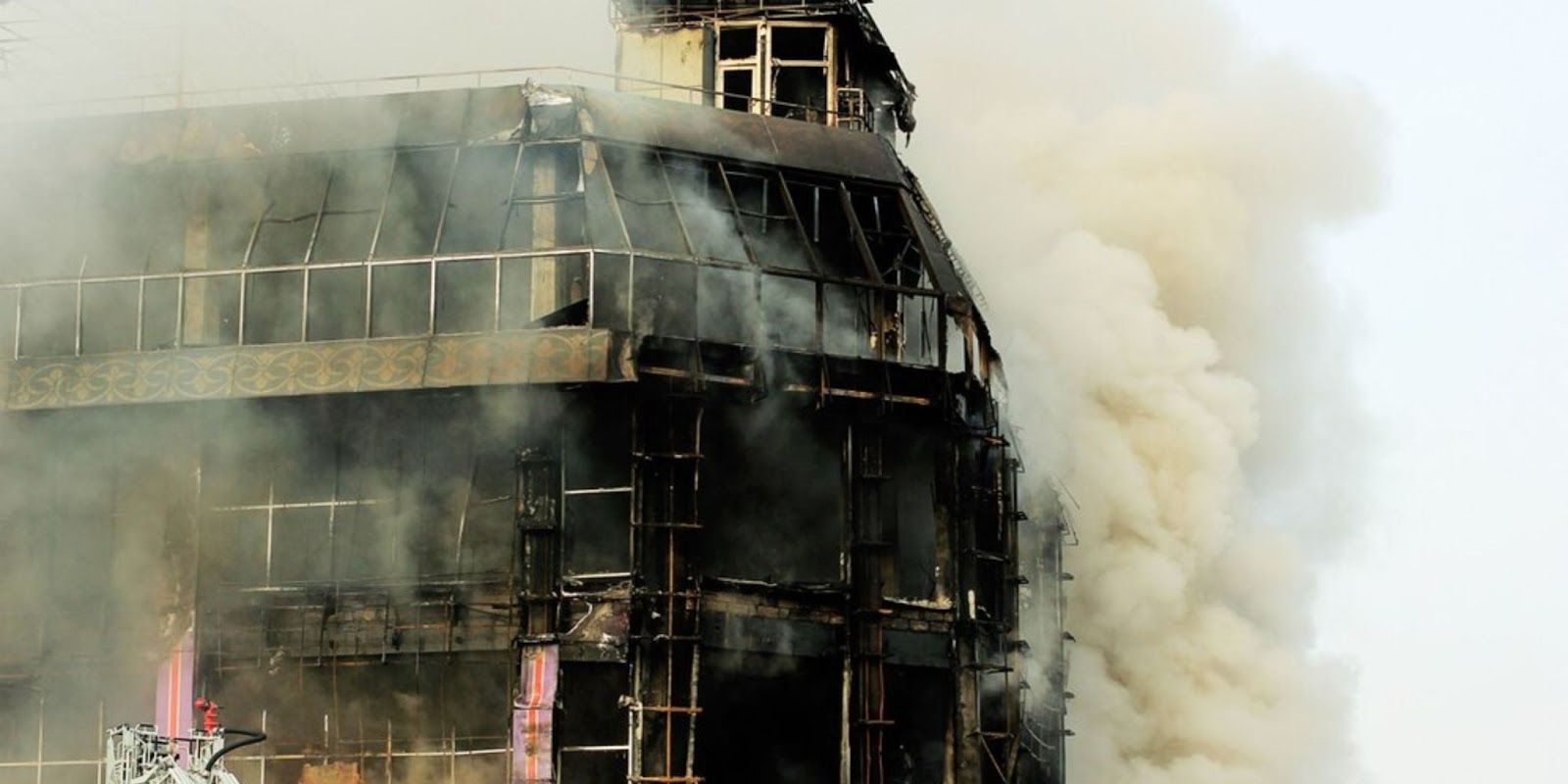Understanding the Stages of Water Damage: From Initial Leak to Restoration
Water damage can be a homeowner's nightmare, causing a cascade of issues that range from structural damage to potential health hazards. Understanding the stages of water damage is crucial for prompt intervention and effective restoration. In this comprehensive guide, we will delve into the various stages of water damage, from the subtle signs of an initial leak to the comprehensive water restoration process that follows.
Stage 1: The Silent Culprit - Initial Leak
The journey of water damage often begins with a seemingly harmless leak. This could be a dripping faucet, a minor pipe leak, or a compromised roof. The signs may be subtle, with homeowners noticing discolored spots on walls, a musty odor, or a gradual increase in water bills. At this stage, intervention is critical to prevent the situation from escalating.
Action Steps:
Detect and Address Leaks Early: Regularly inspect plumbing, roofs, and appliances for any signs of leaks. Timely repairs can prevent minor issues from turning into major water damage incidents.
Investigate Signs of Moisture: Discoloration, dampness, or a musty smell can indicate hidden leaks. Investigate and address these signs promptly to prevent further damage.
Stage 2: Spread and Saturation - Escalation of Damage
When a leak goes undetected or unaddressed, water starts to spread and saturate surrounding materials. This is when visible damage becomes more apparent. Walls may show water stains, and flooring materials like wood or carpeting may become discolored and warped. Mold growth becomes a real concern, and the risk of structural damage increases.
Action Steps:
Swift Intervention: As soon as water damage is detected, take immediate action. Identify and stop the source of the water, and begin the drying process to mitigate further damage.
Professional Assessment: Engage water damage restoration professionals to assess the extent of the damage. Their expertise is crucial in determining the appropriate restoration plan.
Stage 3: Mold Growth - A Hidden Menace
As water lingers and dampness persists, mold becomes a significant threat. Mold spores thrive in moist environments, and the conditions created by water damage provide an ideal breeding ground. Mold growth may not always be visible, lurking behind walls or beneath flooring, posing health risks and compounding the restoration challenge.
Action Steps:
Timely Mold Remediation: Address mold issues promptly. Professional mold remediation services are essential to ensure thorough removal and prevent recurrence.
Ventilation and Dehumidification: Improve ventilation and use dehumidifiers to create an environment less conducive to mold growth.
Stage 4: Structural Damage - Compromising Stability
With prolonged exposure to water, structural elements of a home can be compromised. Wooden beams may weaken, drywall may crumble, and foundations may suffer. This stage poses a serious threat to the integrity of the property and requires comprehensive restoration efforts.
Action Steps:
Structural Assessment: Professionals should conduct a thorough assessment of structural damage. Reinforcement and repairs may be necessary to restore stability.
Water Extraction and Drying: Implement advanced water extraction and drying techniques to prevent further structural deterioration.
Stage 5: Comprehensive Restoration - Bringing Your Home Back to Life
The comprehensive restoration stage marks the culmination of efforts to revive a home from the aftermath of water damage. It is a meticulous process that involves not only repairing visible damage but also addressing hidden issues that may have developed during the previous stages. This stage requires a strategic approach, involving professionals who specialize in water damage restoration.
Professional Expertise and Assessment:
The initial step in comprehensive restoration involves a detailed assessment by restoration professionals. These experts evaluate the extent of the damage, identifying areas that require repair, replacement, or additional attention. Their expertise ensures that no aspect of the restoration process is overlooked, from structural elements to aesthetic components.
Structural Repairs and Replacements:
Structural damage often necessitates repairs or replacements to restore stability and safety. Professional contractors assess the integrity of the foundation, walls, and other critical components. They employ industry-approved techniques to reinforce weakened structures, ensuring the home's long-term stability. This phase may involve carpentry, masonry work, and other specialized skills to return the property to its pre-damaged condition.
Comprehensive restoration goes beyond fixing what is damaged; it provides an opportunity to enhance the home's resilience and aesthetics. Damaged materials, such as drywall, flooring, and insulation, are replaced with high-quality, durable alternatives. Homeowners may choose to upgrade materials, incorporating water-resistant options to fortify the home against future water-related incidents.
Water damage can introduce contaminants and compromise indoor air quality. Comprehensive restoration includes thorough cleaning and sanitization of affected areas. This step is crucial for eliminating mold spores, bacteria, and other potential health hazards. Specialized cleaning agents and equipment are employed to ensure a safe and healthy living environment.
Conclusion: Proactive Measures for Water Damage Prevention
Understanding the stages of water damage is not only about reacting to incidents but also about adopting proactive measures to prevent them. Regular home maintenance, timely repairs, and vigilant monitoring can go a long way in avoiding the cascading effects of water damage. Should water damage occur, swift action and professional intervention are the keys to minimizing the impact and restoring your home to its former glory. Remember, in the battle against water damage, knowledge and timely action are your most powerful allies.
Kleen Green Group offers top-tier
water damage restoration services in Branson, MO, combining swift response with advanced techniques to mitigate and reverse the effects of water damage. With a dedicated team of professionals, they ensure comprehensive restoration, from structural repairs to thorough cleaning, providing clients with a renewed and secure living environment.
